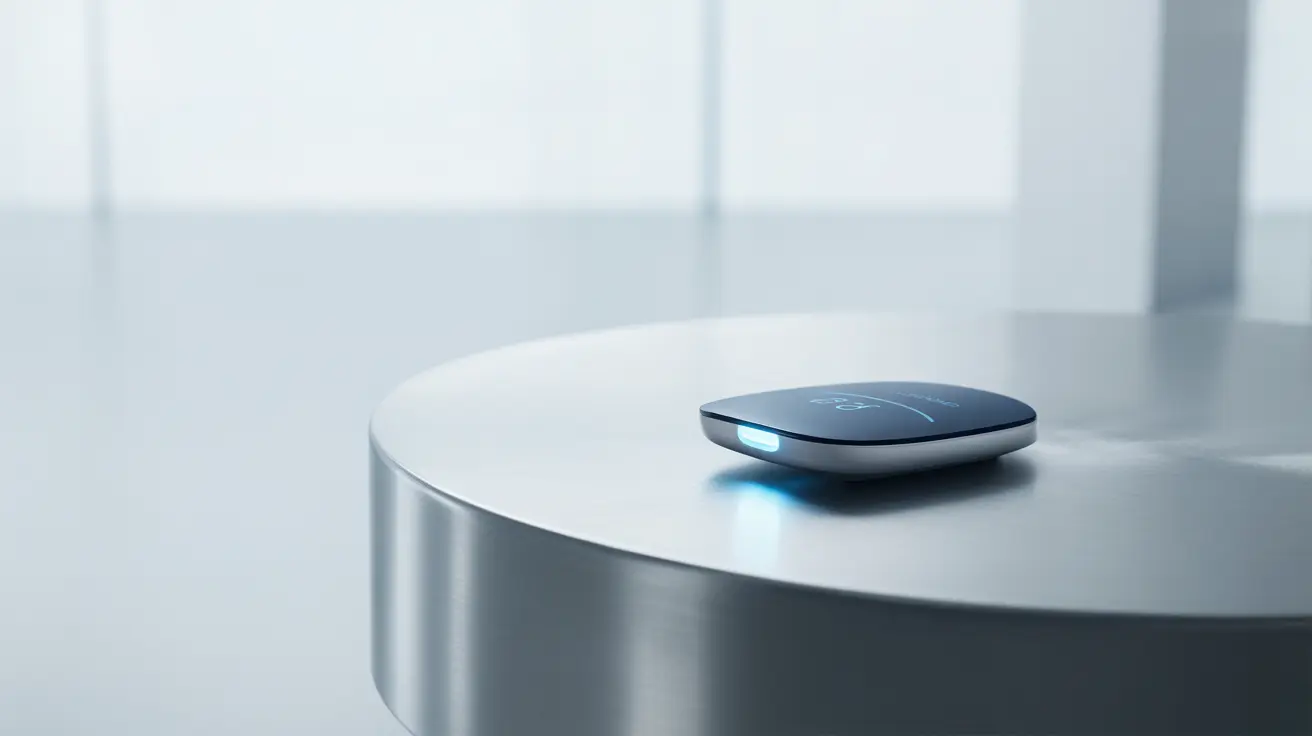Managing diabetes has entered a new era with the advent of non-invasive glucose monitoring technology. These innovative devices are transforming how people with diabetes track their blood sugar levels, offering a more comfortable and convenient alternative to traditional finger-prick testing methods. Understanding these modern monitoring solutions is crucial for anyone looking to improve their diabetes management strategy.
As technology continues to advance, non-invasive glucose monitors are becoming increasingly sophisticated, providing continuous data without the need for repeated skin punctures. This comprehensive guide explores the latest developments in non-invasive blood sugar monitoring, helping you understand your options for better diabetes care.
Understanding Non-Invasive Glucose Monitoring Technology
Non-invasive glucose monitors use various advanced technologies to measure blood sugar levels through the skin without drawing blood. These devices typically employ methods such as infrared light, radio waves, or enzymatic sensors to detect glucose levels in interstitial fluid – the fluid between your body's cells.
Unlike traditional glucometers that require multiple daily finger pricks, non-invasive monitors can provide continuous readings throughout the day and night, offering a more complete picture of blood sugar patterns and trends.
Types of Non-Invasive Glucose Monitoring Systems
Continuous Glucose Monitors (CGMs)
Modern CGMs typically use a tiny sensor inserted under the skin, which measures glucose levels in interstitial fluid. While the sensor insertion is minimally invasive, the ongoing monitoring process requires no additional finger pricks for most readings.
Patch-Based Monitors
These devices adhere to the skin's surface and use various technologies to measure glucose levels through the skin. They're completely non-invasive after initial application and can be worn for extended periods.
Emerging Technologies
New innovations in non-invasive monitoring include optical sensors, smart contact lenses, and wearable devices that use various spectroscopy methods to measure blood glucose levels without any skin penetration.
Benefits and Advantages of Non-Invasive Monitoring
Non-invasive glucose monitors offer several significant advantages:
- Painless glucose testing
- Continuous monitoring capability
- Real-time alerts for high or low blood sugar
- Better understanding of glucose trends
- Improved quality of life for diabetes patients
- Reduced risk of infection from repeated finger pricks
- Enhanced ability to make informed treatment decisions
Accuracy and Reliability Considerations
While non-invasive glucose monitors have made significant strides in accuracy, it's important to understand their capabilities and limitations. Most modern devices achieve accuracy rates within 10-15% of traditional blood glucose meters, though this can vary depending on the specific technology and individual factors.
Cost and Insurance Coverage
The financial aspect of non-invasive glucose monitoring varies significantly based on the device type and manufacturer. Initial costs typically range from $200 to $1,000 for the monitoring system, with ongoing expenses for sensors and supplies. Many insurance providers now offer coverage for these devices, particularly for patients with Type 1 diabetes or those requiring intensive insulin therapy.
Frequently Asked Questions
- What is a non-invasive glucose monitor and how does it differ from traditional finger-prick testing?
A non-invasive glucose monitor measures blood sugar levels without breaking the skin, unlike traditional meters that require blood samples through finger pricks. These devices use various technologies such as infrared sensors or patch systems to measure glucose levels through the skin or in interstitial fluid.
- What are the main types of continuous glucose monitors (CGMs) available for non-invasive blood sugar monitoring?
The main types include sensor-based CGMs that use small subcutaneous sensors, patch-based monitors that adhere to the skin, and emerging technologies like optical sensors and smart wearables. Each type offers different features and levels of non-invasiveness.
- How accurate and reliable are non-invasive glucose monitors compared to traditional blood glucose meters?
Non-invasive monitors typically achieve accuracy rates within 10-15% of traditional meters. While slightly less precise than finger-prick testing, they provide valuable continuous monitoring and trend data that can enhance diabetes management.
- What are the benefits and limitations of using non-invasive CGMs for managing diabetes?
Benefits include painless monitoring, continuous data collection, trend analysis, and real-time alerts. Limitations may include initial cost, potential accuracy variations, and the need for periodic calibration or sensor replacement.
- How much do non-invasive glucose monitoring devices typically cost and are they covered by insurance?
Initial costs range from $200 to $1,000, with additional expenses for supplies and sensors. Many insurance providers cover these devices, especially for Type 1 diabetes patients or those requiring intensive insulin management. Coverage varies by provider and specific medical circumstances.




